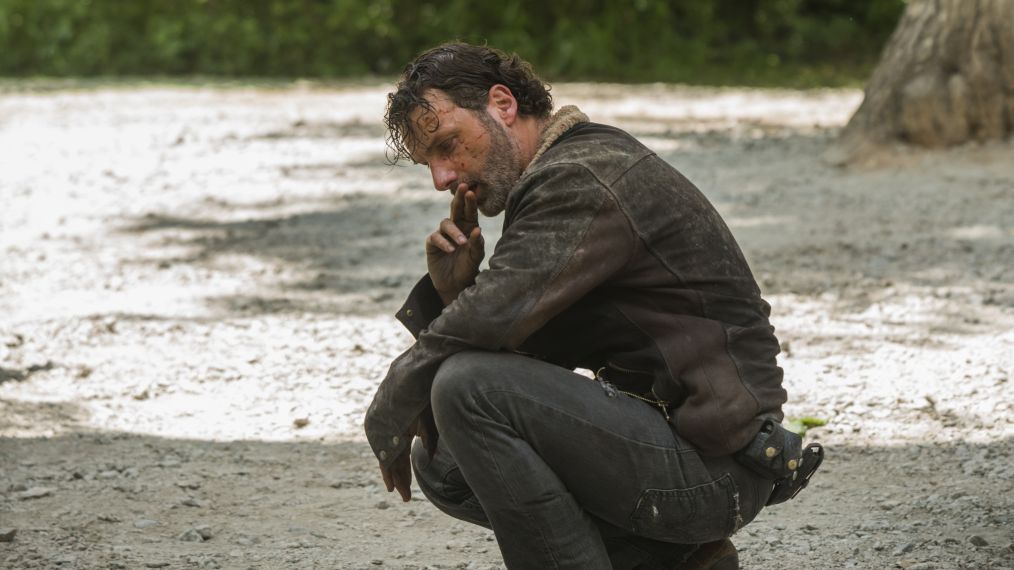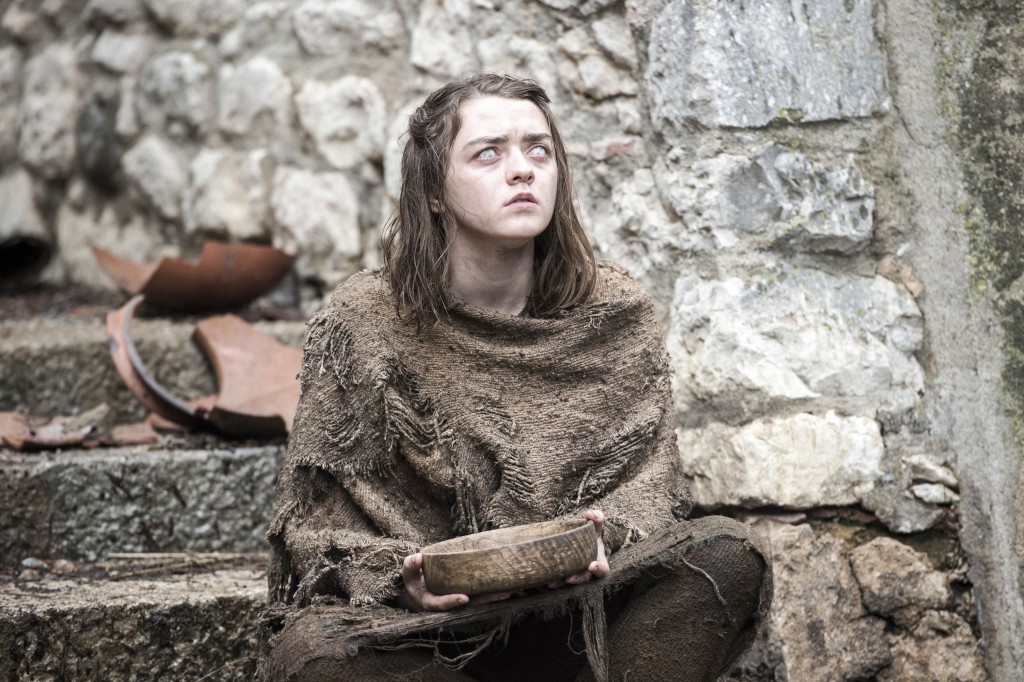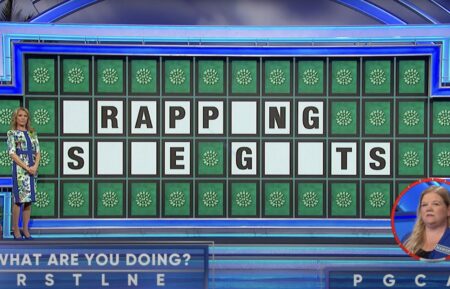‘The Walking Dead’: Bigger World, Smaller Episodes

Opinion
The writers of The Walking Dead are hitting the bottle and forsaking Jesus. Such is the risk of narrative sprawl. With so many characters spread across so many locales, cycling though them a few at a time in narrowly focused, single location “bottle episodes” runs the risk that viewers will forget to care about plots they haven’t seen in half a season.
Jesus’s introduction was the high point of Season 6, but so far in Season 7, the show has dedicated one episode to Rick and one episode to Carol and Morgan, and based on the episode descriptions AMC has sent out, viewers are in for two more location-specific episodes—the Saviors’ community this Sunday and Alexandria after that—before Jesus has a chance to return.
RELATED: Greg Nicotero and Michael Cudlitz Discuss The Walking Dead‘s Season 7 Premiere
All of this isn’t to say that Jesus is the best (though he might be) or most important character on the show, but to call attention to The Walking Dead’s recent stretch of one-story-at-a-time narrative structure. With all four of the major survivor communities now in play, it’s a risky maneuver for TWD to continue to ignore three-quarters of them in each episode. Jesus promised last season that the world of the show was about to get bigger, but that expectation has been tempered by a string of episodes that feel small.
Other media, like books and video games, can manage sectioned off chapters of isolated storylines because of their self-paced nature, but weekly TV needs to constantly remind viewers why they should bother to remember to make a return appointment, especially with so much competition from bingeable streaming TV.
The argument in favor of bottle episodes is that a tightened focus allows for concentrated character development. This is a valid point, but the short-term gratification of individual arcs delays and obfuscates the bigger picture when overused, causing viewers to miss the forest for the trees. The greatest bottle episodes in TV history are placed into the context of a full season as close examinations of specific relationships in a larger story. Mad Men’s excellent “The Suitcase,” in which Peggy and Don’s unique mentor-pupil relationship comes into clearer focus over the course of a luggage ad copy all-nighter, comes to mind.
Even bottle episodes in previous seasons of The Walking Dead have been well received when they’ve been deployed as welcome breaks from the group dynamic. The climactic battle with the Governor at the prison and the scattering of the group that followed justified the series of smaller-scale episodes in the back half of Season 4 from a narrative standpoint. The characters’ isolation from each other was an important aspect of the plot, and the episode format reinforced that idea while also allowing a few underdone characters to get some desperately needed time in the bottle pressure cooker. It didn’t change the fact that her character was insufferable, but “Still” made a valiant effort to humanize Beth in her search for alcohol with Daryl. Meanwhile Carol and Tyreese had some big moments dealing with the unstable Lizzie in “The Grove.”
RELATED: Ask Matt: Walking Dead Fallout
Walking the tightrope of character development and plot development is a difficult balancing act on any show with a widely spread ensemble. Take Game of Thrones as an opposite example to the current Walking Dead model. GoT tends to touch base with as many plotlines as possible in any given episode, shuffling viewers up and down two continents to track tens of characters. This approach adeptly displays the grandeur of the overall story beats, but it can also sometimes leave individual characters languishing in unresolved personal stories for unreasonable stretches of time (welcome back to Westeros, Arya). Bottle episodes, to use the term loosely, usually occur as the ninth installment of each season, and by then, the audience is champing at the bit for a jump forward in any major story.

“I’ll just keep doing this for a while, I guess. Let me know when my story is relevant again.”
The show that perhaps displays the joys of ensemble storytelling and the dangers of back-to-back bottle episodes most distinctly is Arrested Development. In its glory days, Arrested Development was a masterclass on including both short term gratification and long term Easter eggs in a web of intertwining stories. But as angry internet people will almost unanimously agree, the show took a sharp decline with its move to Netflix and a focus on single-character episodes.
The Walking Dead has long had a large cast, but it’s never been this fractured in terms of location at the opening of a season. To survive in its newly expanded world, the show needs to pan out to multi-story episodes. Bottle episodes, like walkers, go down easy one at a time, but with too many piled up, they can become a serious threat.
The Walking Dead, Sundays, 9/8c, AMC










